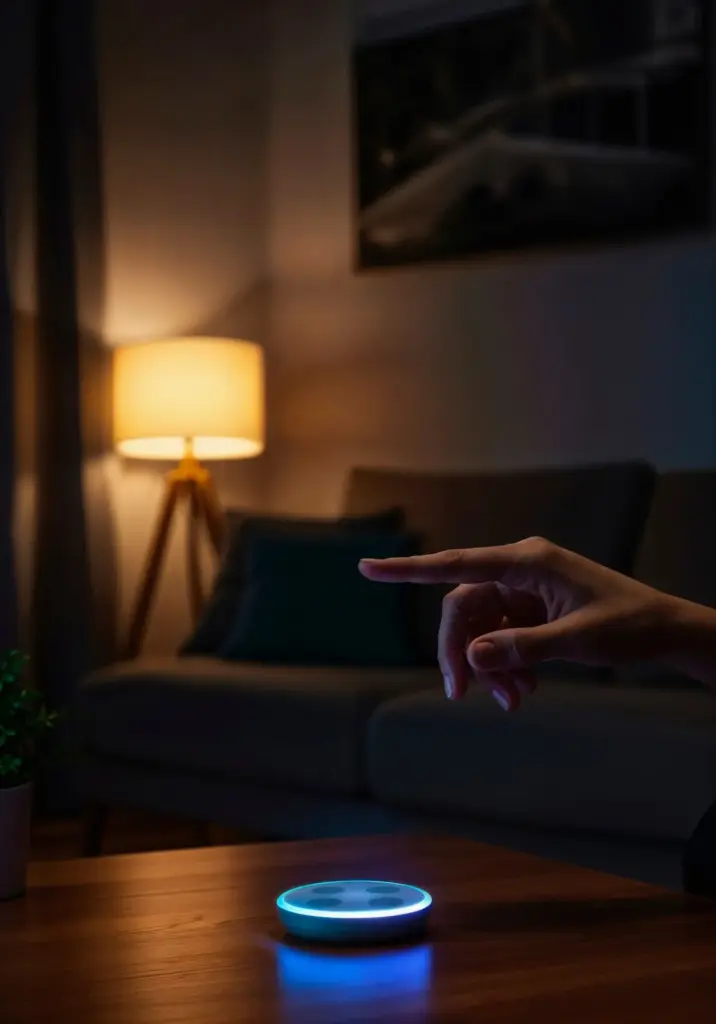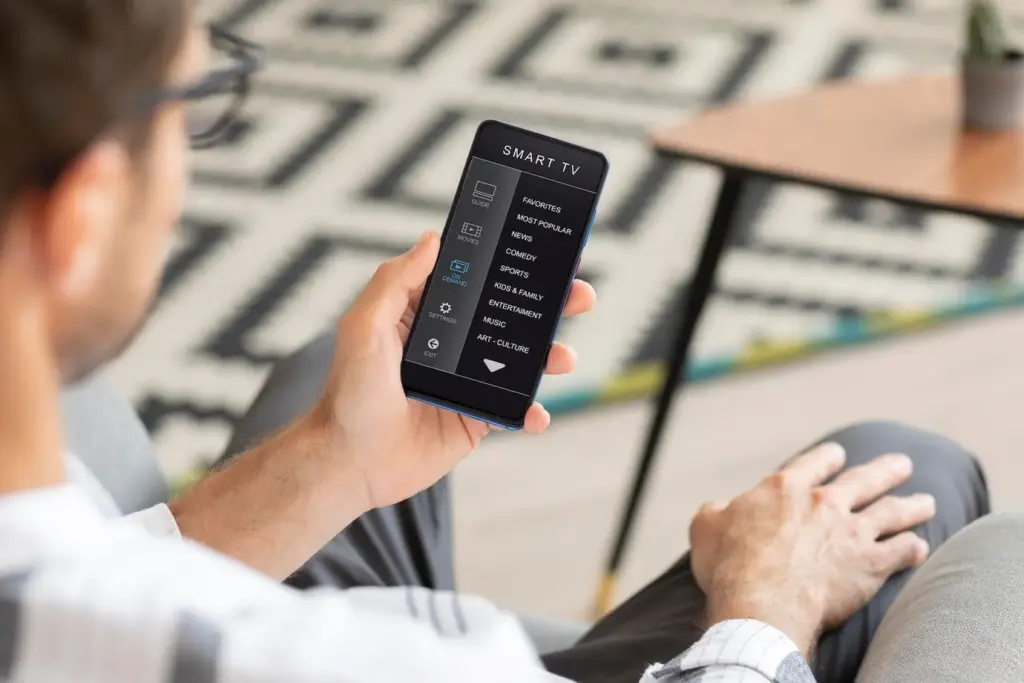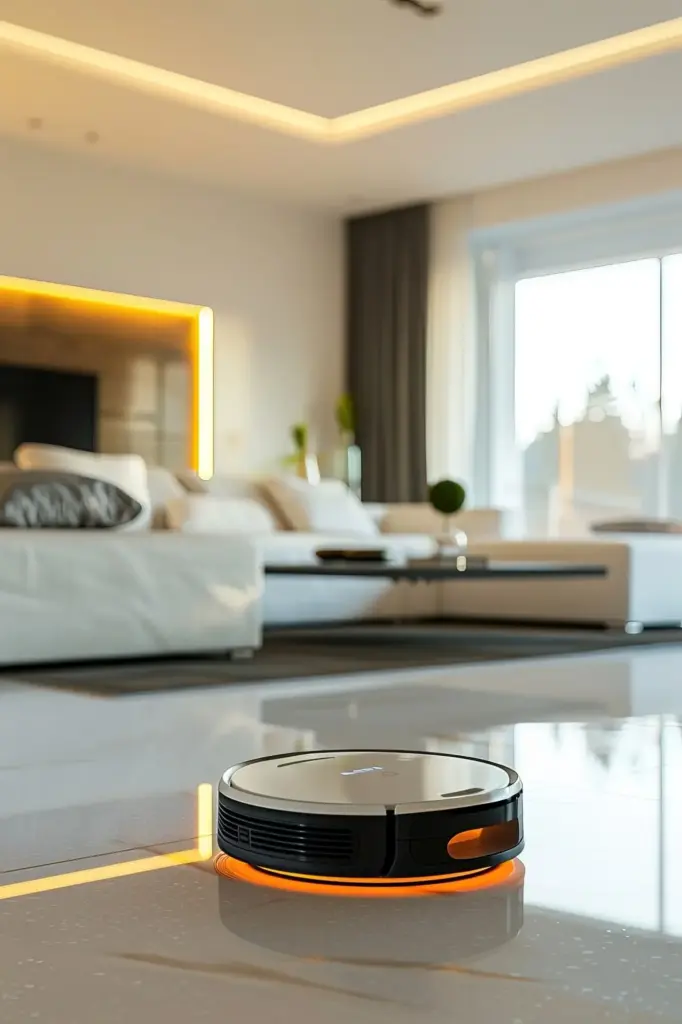Smarter Living, Without the Gut Renovation
Start With a Home Assessment

Electrical Readiness, Realistically

Connectivity Mapping That Actually Helps
Choosing the Right Technologies
Matter, Thread, Zigbee, Z-Wave, and Wi-Fi
Hubs and Bridges Without Headaches
Cloud Versus Local Control
Quick Wins That Pay Off

Smart Lighting That Respects Old Walls

Thermostats and Radiator Valves
Integrating Legacy Systems
Bridging Older Alarm Panels
Systems with wired zones can often report states to your smart platform using add-on boards or network adapters. Preserve existing sensors, sirens, and keypads while gaining app notifications and automations. Keep professional monitoring if you rely on it, and verify power requirements. Test every zone thoroughly. You will retain the rugged reliability of hardwired sensors while layering modern convenience and insight on top with minimal disruption.
Garage Doors and Gates Made Safer
Select solutions that offer secure command signaling, tilt sensors for status, and local control options where possible. Use dry contact relays when appropriate and follow manufacturer safety rules for obstruction detection. Automate reminders when a door remains open and require presence or geofencing for remote operations. This thoughtful setup improves daily convenience while preventing accidental openings, enhancing both neighborhood safety and household peace of mind.
Audio, Intercoms, and Doorbells
Vintage chimes and transformers can work with modern video doorbells when voltage is matched and adapters are used properly. Consider PoE injectors for reliability and neat cable runs. Retain intercom wiring for paging or door release functions via bridge modules. Test chime compatibility before closing walls. With careful planning, you get crisp notifications, two-way talk, and recorded clips without sacrificing the charm of original fixtures.


Security, Privacy, and Reliability
Phased Plan, Budget, and ROI
Phase 1: Survey and Foundations
Phase 2: High-Impact Devices
All Rights Reserved.